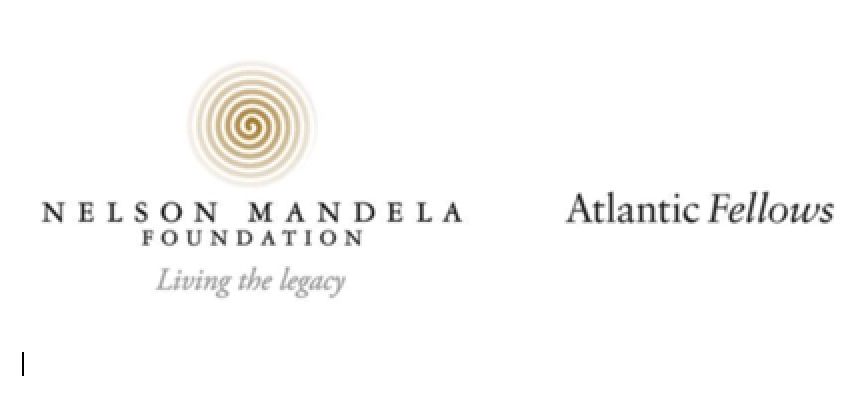PARI, in collaboration with the Nelson Mandela Foundation, hosts a workshop from 29 – 31 October 2018. PARI will offer an engagement with the question of why the state and its institutions are unable to fully incorporate black demands, through a series of lectures, readings and discussions, site visits and reflections.
There is a considerable body of literature that provides comparisons and highlights connections between the US and South Africa (see Fredickson 1995, Wilderson 2006, Marx 1998, Campbell 1995, Coker 1986). This broad scholarship offers an understanding of the social and political histories of black freedom struggles in the two countries. The struggle against anti-black racism demonstrates a “sequence of ideological and political responses to white supremacy in both societies” (Fredickson 1995, p. 8).
Between the 19th and 20th centuries, for instance, there was an emergence of black religious nationalism or Ethiopianism, a set of separatist black Christianian and political responses to prevailing socio-political conditions. Prior to World War I, black educated elites responded to the rise of legalised segregation, resulting in the formation of the African National Congress in South Africa and the National Association for the Advancement of Coloured People in the US around the same time.
During the 1920s, there was an intensification of Pan-Africanism in both societies. Marcus Garvey’s Universal Negro Improvements Organisation, for instance, was established in the US and coincided with a workers’ mass movement, the Industrial and Commercial Workers Union of Africa (ICU), in South Africa. Ideas of Marxism also shaped the anti-black racism struggles after the end of World War II. Although these ideas were not as strong in the US compared to South Africa, there is enough evidence to indicate that they did shape tactics taken by various movements (see Kelley 2017).
In the 1940s both countries embarked on non-violent tactics. In South Africa, the movement became known as the Defiance Campaign while in the US, Martin Luther King led several campaigns under the banner of non-violence. When the non-violent approach did not produce the envisioned freedom, there was a turn towards slightly radical tactics. By the 1960s and early 70s, there was a rise of Black Consciousness ideology in South Africa. In the US, Black Power movements also became signifiers of black resistance. These connections between the two societies continue to the present. Recently, we have witnessed, for instance, the upsurge of Black Lives Matter and #Feesmustfall student movements in the US and South Africa respectively.
There are also major differences between the two societies: for instance, South Africa is governed by the liberation movement and has a black majority population while the US respectively is not and does not. These differences, however, should not dampen the long social and political histories of the anti-black racism struggles which continue to shape the two societies.
Although there have been these extensive struggles for freedom and against racism, anti-black racism remains prevalent in both societies. Among others, the gaps in the literature and in practice which remain unaddressed concern why the state and its institutions are incapable of incorporating black demands fully.
PARI will offer an engagement with this question of why the state and its institutions are unable to incorporate black demands through a series of lectures, readings and discussions, site visits and reflections on the places visited. The guiding question will be: What would a pro-black state look like?


